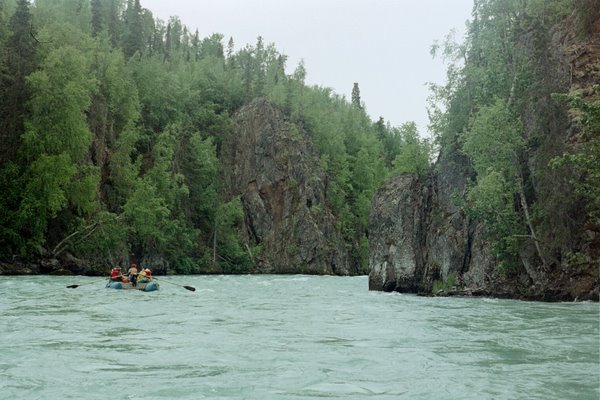When I ask people about flowers or shrubs in their yard, I sometimes ask them, “are they native?” Invariably, the answer is that they don’t have a clue, with one exception, quaking aspen. Why does it matter? First let me address this issue in a couple of ways.
First of all, there seems to be a culture here in Utah where the ideal is to recreate a British countryside look. Lots of grass, well manicured bushes and shrubs, meticulously spaced seems to be the desired look for most Utahns. It is almost a status symbol to have a large lawn that is green and weed free. Some homeowners associations demand it and some city ordinances enforce the maintaining of green zones of grass. The second ideal people look for is a bug-free yard. Companies make a fortune killing the few remaining bugs that dare access such a sterile landscape. What is left is a monoculture of lawns, boxwoods and Norway Maples, with weed barriers, sterile mulches and sparse plantings of understory bushes and flowering plants.
Some ambitious Utahns may put in some Dutch bulbs for the spring, or some annuals for the summer. Petunias, marigolds and perhaps impatiens is the limit of plant diversity in many yards with a few irises thrown in for good measure. Admittedly, for most people, they want their yard to look as good as possible with the least amount of work. And the results are an abundance of non-native, often invasive plants that aren’t bothered by “pests”. And the result is predictable. Few species of animals living among us that are adapted to only a few types of plants.
As we approach the planting season for our yards, I’m going to make a plea to my fellow Utahns. Let’s be a little tolerant of our little bug friends. Let’s help them out. If you want to keep them out of your house and want to call the Orkin man, that is fine, but bugs are what makes our overall ecosystem work for most species, including our own. The same pesticides that kill unwanted bugs, also kill honeybees, native bumblebees, butterflies and their larvae, as well as a host of crawling things that actually make the world an interesting place to live in.
And how do we help our bug friends? Plant many different types of plants, weighing heavily towards native plants that have evolved on our continent concurrently with the bugs that utilize them. You may see some eaten leaves in the process, but you can’t have butterflies, if you don’t have caterpillars. And most birds depend upon protein rich insects as food for their brood, even many seed and fruit eating species. During the next months, I’m going to post about some of the wonderful native plants that I have had success with and encourage people to use them in place of grass and non-native ornamentals. The critters that will thank you include butterflies, moths, bees, spiders, robins, kingbirds, hummingbirds, finches and juncos. If you have small children, introduce them to the different species you see and encourage an interest in them.
For the record, I have my fair share of lawn. I have small children and a well kept lawn is a valuable play area for small children. But I also have large tracts that I use for vegetable and fruit gardening as well as wildlife forage. And yes, I consider wildlife to be anything not domesticated. I don’t treat all wildlife equally. Mice that come inside are exterminated. Squash bugs that take a nab at my butternut bushes will not survive the summer. But I try to be as tolerant as possible of wildlife in my yard and relish the fact that I’ve seen some rather unique species come to my yard. I’ve heard my share of whisperings from the neighbors about all the darn bees that come to my yard. Well, I haven’t been stung once in my yard, though one of my daughters was once. Considering how much time we spend in the yard, that isn’t a big concern unless you have allergy problems.
One more note before I end this post. Some plants are better than others at attracting critters, particularly the right kinds of critters you want in your yard. So many people plant aspen trees in areas that are not suited for them, that I recommend you stay away from them. Insects, disease and wind will really take a toll on weakened plants such as an aspen in the wrong location. There are many better choices. Also, some closely related plants native to the area are great choices. For example, gambel oak, a white oak, which usually grows as a bush is a good native plant to have in your yard, however, it grows best as a bush. However, a closely related white oak, “bur oak” grows tall and majestic and provides the local wildlife with the same type of forage they would get from a gambel oak, but in a more tree-like form. I will address issues like this in more detail in future posts.
So let’s let the critters have a break. We’ve taken so much of their territory from them, let’s share some of our space with them. And I promise, you'll see more butterflies, moths and birds as a result.
Thursday, April 1, 2010
Subscribe to:
Post Comments (Atom)



1 comment:
I'm excited to see where you go with this topic. As a foreign transplant into the area, my knowledge of native fauna and flora is sketchy at best.
Post a Comment